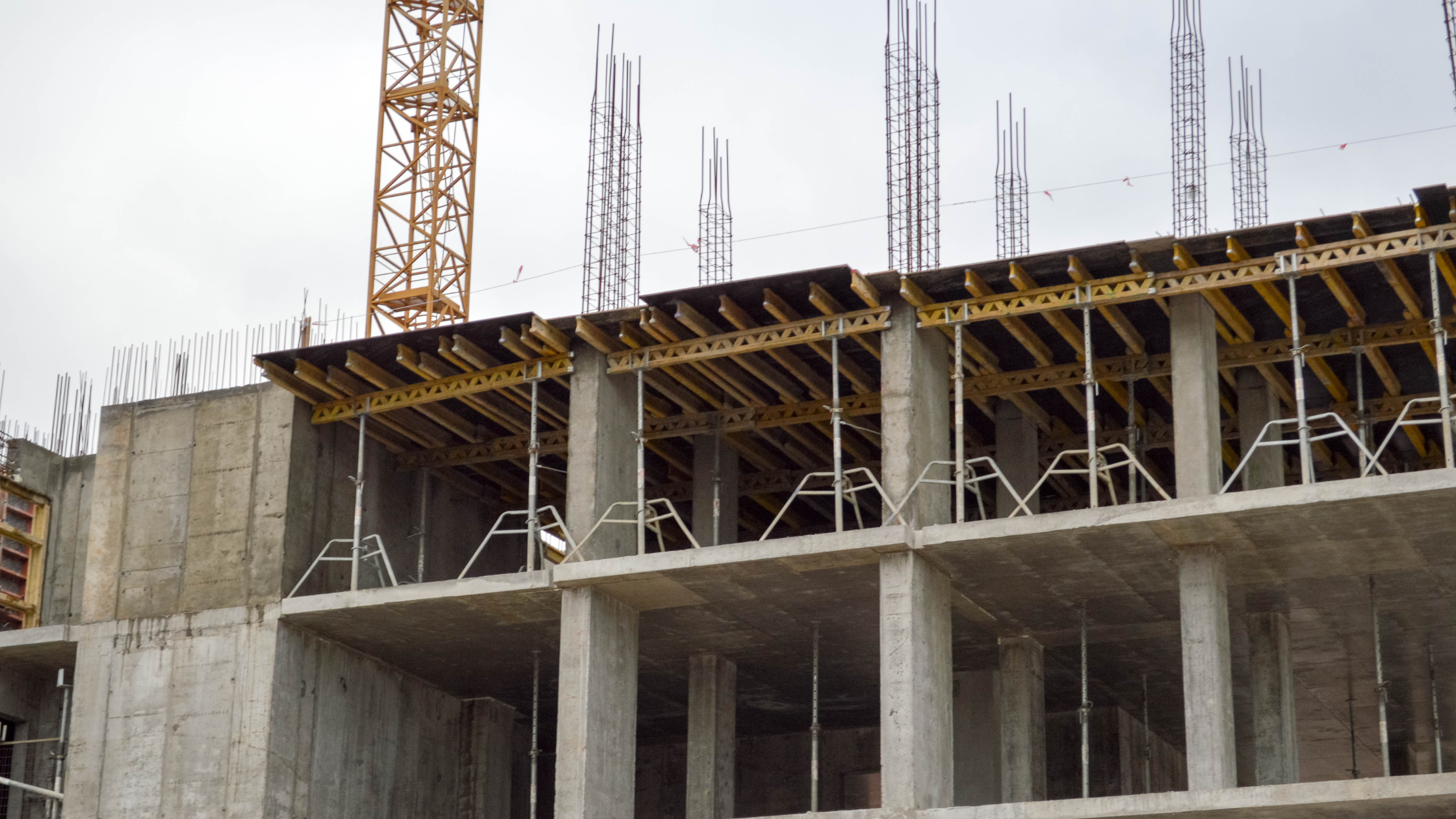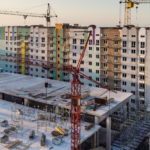Understanding Environmental Regulations for Real Estate Development

Navigating environmental regulations is a critical part of real estate development. These rules aim to protect natural resources, ensure sustainable growth, and mitigate the environmental impact of construction projects. Developers in Ontario must understand these regulations to avoid costly delays, penalties, or legal challenges. This blog explores the key aspects of environmental regulations for real estate development and how to navigate them effectively.
What Are Environmental Regulations?
Environmental regulations are laws and policies designed to protect the environment and public health. In Ontario, they encompass a range of concerns, including land use, air and water quality, wildlife conservation, and waste management. Key pieces of legislation include:
- Environmental Protection Act (EPA): Focuses on pollution prevention and environmental conservation.
- Planning Act: Regulates land use and zoning to align with environmental considerations.
- Endangered Species Act: Protects at-risk wildlife and their habitats.
Why Are Environmental Regulations Important?
- Sustainability: They promote sustainable development practices that balance growth with environmental stewardship.
- Risk Mitigation: Compliance reduces the risk of fines, legal disputes, and reputational damage.
- Community Impact: Regulations ensure that developments enhance the quality of life without harming ecosystems or local communities.
Key Environmental Considerations for Real Estate Developers
1. Site Assessments and Approvals
Before breaking ground, developers must conduct environmental site assessments (ESAs) to identify potential contamination or risks. These assessments are typically divided into:
- Phase I ESA: A preliminary evaluation to identify past uses of the land and potential contamination risks.
- Phase II ESA: A more detailed investigation, including soil and groundwater testing, if risks are identified in Phase I.
2. Zoning and Land Use Compliance
Zoning bylaws often include environmental restrictions, such as greenbelt protections or limitations on development near wetlands and water bodies. Developers must ensure their projects comply with these restrictions to avoid delays.
3. Wildlife and Habitat Protection
Projects near sensitive habitats may require additional permits to ensure compliance with the Endangered Species Act or other conservation laws. Developers may need to take measures such as relocating wildlife or creating conservation offsets.
4. Waste Management and Pollution Control
Construction sites generate significant waste and emissions. Regulations require developers to implement plans for:
- Proper disposal of hazardous materials.
- Erosion and sediment control to protect waterways.
- Reducing air and noise pollution during construction.
Challenges in Navigating Environmental Regulations
- Complexity: The regulatory landscape is vast and constantly evolving, making compliance challenging.
- Delays: Environmental approvals can take months or even years, impacting project timelines.
- Costs: Environmental assessments, mitigation measures, and permit applications can add significant costs to a project.
How to Navigate Environmental Regulations Effectively
1. Consult Professionals
Engage environmental consultants and legal experts to help identify potential risks and streamline compliance.
2. Stay Current
Keep informed about changes in environmental laws at all levels of government. Being proactive can prevent costly setbacks.
3. Collaborate with Stakeholders
Work with local authorities, Indigenous communities, and environmental groups to address concerns and foster community support.
Conclusion
Understanding and adhering to environmental regulations is essential for successful real estate development in Ontario. These regulations not only protect the environment but also safeguard developers from potential legal and financial setbacks. By conducting thorough assessments, staying informed, and seeking expert advice, developers can ensure their projects align with legal requirements and sustainable practices.
For legal guidance on navigating environmental regulations, contact Levy Zavet Lawyers. Our experienced team is here to help you achieve your development goals responsibly and efficiently.


